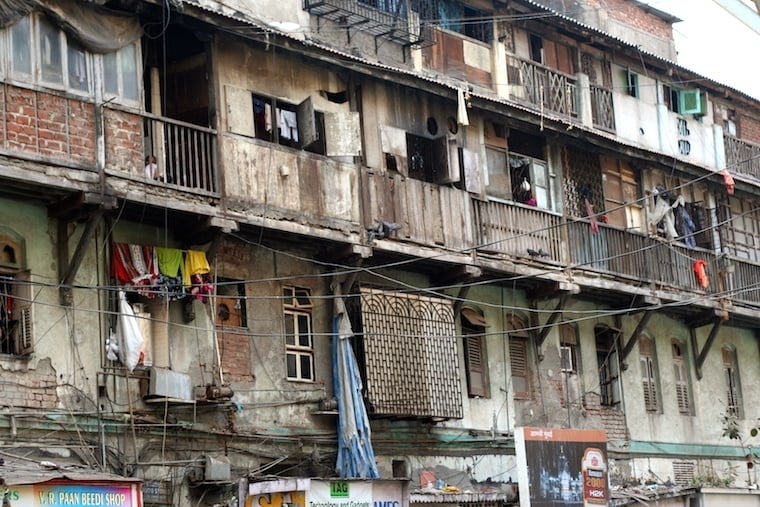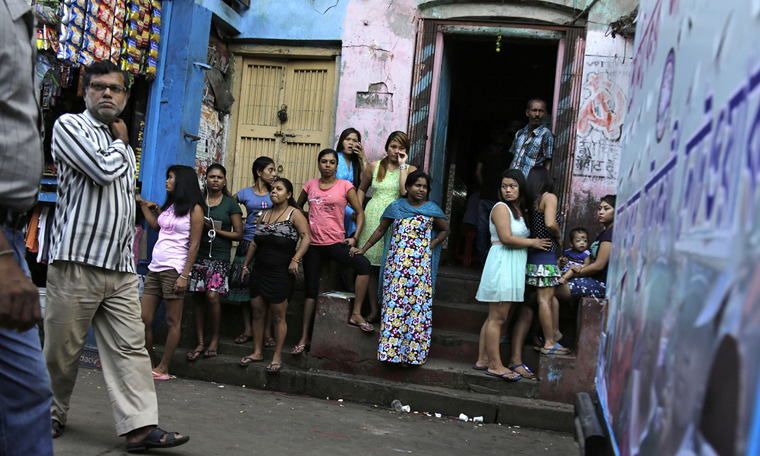
Red light district in India Image Source: Ben Garrison
Human trafficking is a global problem, shackling 35 million people worldwide to lives that they do not choose. According to calculations from the Walk Free Foundation, an Australian non-profit, 14 million of these modern slaves are held captive in India.
The sex slave trade is centuries old, but its modern incarnation in India began under the British. When British soldiers and clerks began showing high rates of syphilis, 19th-century colonial administrators passed the Cantonment Act and Contagious Diseases Act, and created regulated areas for commercialized sex for British soldiers. Indian women were brought to the area and regularly submitted to health check-ups. These women were not allowed to marry or have any other profession. Abolitionists of the time recognized this treatment for what it was: another form of slavery.
Today, 90% of human trafficking in India happens domestically, not across borders. In many cases, traffickers lure children or young adults from rural villages to the city with the promise of well-paid work. Then, victims are transferred to people who, in a real sense, become their slave masters. Some victims work without pay as household maids. Others enter forced marriages with strangers they have never met. Some are forced into bonded labor in the mining or agricultural sectors. Others are sold into brothels.

Girls stand outside the city’s biggest red-light zone, Sonagachhi, and watch a rally demanding prostitution be made legal, in Kolkata, India, in November 2014. Image Source: Bikas Das/AP
The Indian criminal justice system, which has limited resources and its own problems with corruption, has had little impact on trafficking. According to official statistics, police only handled 720 human trafficking cases nationwide in 2014.
The United Nations Office on Drugs and Crime (UNODC) reports that sexual exploitation constitutes about half of human trafficking in the South Asia, East Asia and the Pacific Region. Estimates put the number of women in prostitution in India between 2 and 3 million, many of whom are children. These sex-trafficked minors live in squalid conditions in the red light districts of major cities, servicing multiple clients a day.
Kolkata, the sprawling metropolis of 14 million people, is a global hub of forced prostitution. Neighborhoods known for prostitution shift over time, and as such the number of Kolkata red light districts hovers between 7 and 12. These are massive areas where men loiter between shoddy buildings, and women and girls wait inside doorways and greet clients.





